The Grand Paris Express, a sprawling network of metro lines designed to revolutionize transportation in the Parisian region, has one line that sparks more intense debate than all the others: Line 18. The original vision, crafted by Christian Blanc, envisioned a direct connection between Orly and Roissy airports, weaving through the research hub of Saclay Plateau and the La Défense business district.
This line, however, has ignited passionate responses, especially from local officials. The realization of a metro line, even one smaller in scale than the other lines, in this strategically important location, has met with significant opposition.
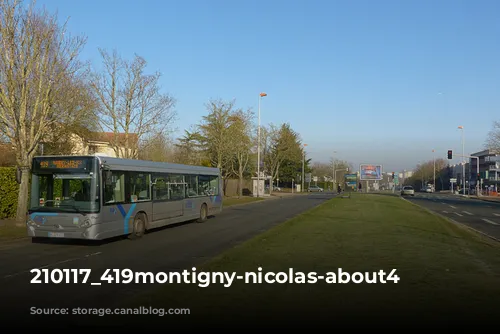
An Aerial Journey: Line 18’s Ambitious Trajectory
Spanning 35 kilometers, the initial section of Line 18, connecting Orly Airport to Versailles Chantiers station, will have 10 stops. Notably, approximately one-third of the route (14 kilometers) will be aboveground, traversing the landscape on elevated viaducts. The journey is projected to take 30 minutes, implying an average speed of 70 kilometers per hour, giving it a “high-speed metro” feel.
This line will be distinct from other metro lines in its design and operation. While resembling the standard metro in size, the line will be fully automated and utilize a third rail for power, abandoning the traditional overhead line.
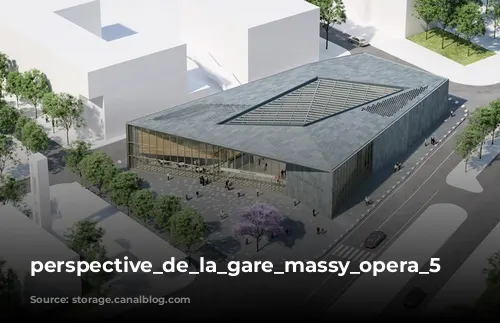
Priority Status and Unrealistic Expectations
Line 18 was initially deemed a priority because the government had considered a French bid for the 2025 World Expo, to be held on the Saclay Plateau. However, with the 2024 Olympic Games already on the horizon, the ambition was deemed unrealistic, leading to a return to a more grounded timeline. Despite this, the line was once touted for completion in 2024, a goal that was undeniably unattainable.
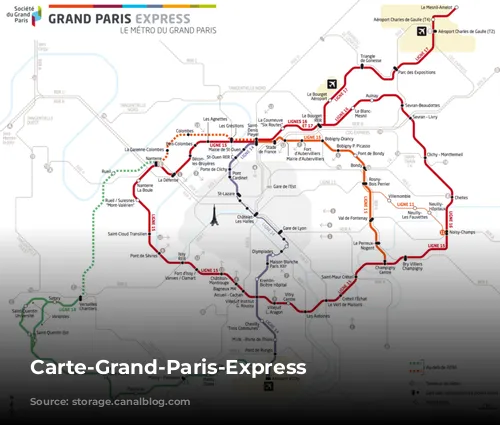
A Question of Utility and Cost
The project’s timeline has shifted significantly, with completion now projected for 2026 between Massy-Palaiseau and the Saint Aubin Atomic Energy Center, extending to Orly in 2027 and Versailles Chantiers in 2030.
The line’s cost has also been a point of contention, reaching 2.9 million euros, exceeding initial estimates by a substantial 30%. While preliminary work has commenced, the final price tag could yet hold unpleasant surprises.
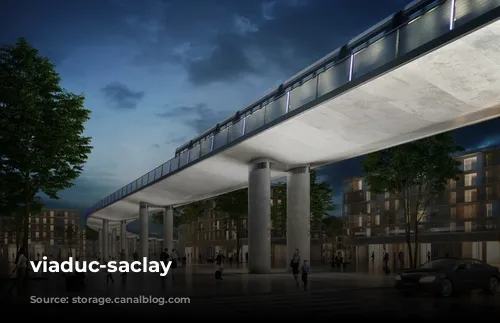
Scrutiny and Critique
The line, in its final Orly-Versailles configuration, is expected to serve 335,000 residents, 190,000 employees, and 65,000 university students. However, the projected traffic volume is rather low for a metro, especially one of such length: 110,000 passengers daily. This is significantly less than other transit lines in the region.
The project has been criticized for its oversizing, particularly in its capacity to handle a maximum of 5,000 to 6,000 passengers per hour in peak periods. Even the General Secretariat for Investment, a government body, opposed the Saclay-Versailles section.
The Ile de France Transportation Association (AUT) also expressed its disapproval. Furthermore, a 2013 report by Pascal Auzannet, a former RATP executive, suggested that a high-speed tramway or an extension of the Orlyval shuttle service would adequately meet the actual transportation needs. These concerns, however, were ignored, highlighting the project’s seemingly unstoppable momentum.
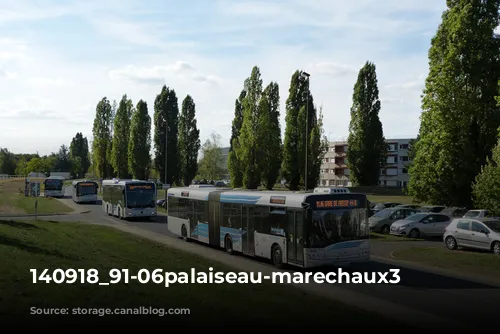
The Saclay Plateau: A Hub of Controversy
The Saclay Plateau has become a battleground for arguments both for and against Line 18. Advocates tout its potential to alleviate congestion and enhance the scientific and academic prestige of France, while detractors fear urban sprawl and concrete encroachment on the landscape.
To protect the environment, the legislature has designated 4115 hectares of the plateau as a Natural, Agricultural, and Forest Protection Zone. However, the long-term security of this designation remains uncertain, as history has shown that previously protected areas can be rezoned for development.
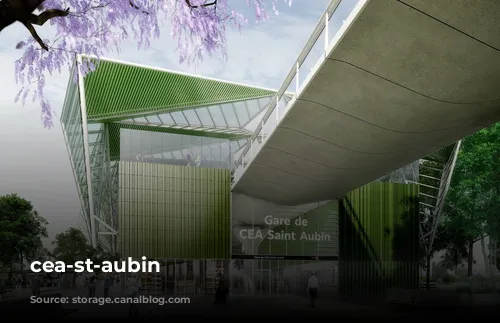
The Debate Over Aerial Sections
The project’s aerial sections, intended to reduce costs by 30 million euros, have attracted both supporters and opponents. Some question why certain communities would be served by a viaduct while others are not. As a compromise, the SGP has decided to lower the line’s elevation for 5 kilometers of the 13 kilometer stretch aboveground. This move aims to minimize the line’s visual impact, but it raises concerns about the potential for fragmentation and further artificialization of the landscape.
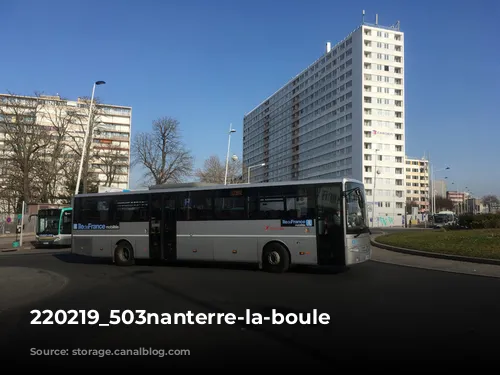
A Questionable Carbon Footprint
Adding to the controversy, the project’s carbon footprint is a cause for concern. While the use of a metro system is expected to reduce greenhouse gas emissions compared to individual car travel, the long-term impact of construction emissions on the environment is uncertain. However, the overall carbon footprint assessment considers the entire project rather than individual lines.

A Pragmatic Alternative?
The core issue may not be the route itself but the mode of transportation chosen. While buses, despite recent improvements in dedicated lanes, struggle to manage peak hour congestion, Auzannet’s proposal for a more flexible and adaptable solution like a high-speed tramway appears to have been dismissed.

The Uncertain Future of Phase 2
Line 18 includes a planned extension beyond 2030, connecting Versailles to Nanterre La Folie. This extension, with only one station in Rueil-Malmaison, would run deep underground, with no connection to the RER A line. The section’s utility is questionable, considering its high cost and limited connectivity.
The second phase is not yet part of concrete planning but was revived during the 2021 regional elections, with supporters arguing it would enhance the line’s overall socio-economic benefits. However, with its single station and lack of integration with existing lines, the 15 kilometer long extension appears to offer limited value.

A More Cost-Effective Solution
Transportparis, the organization responsible for transportation in Paris, has proposed an alternative for the La Défense-Saint Quentin en Yvelines connection that promises to be more economical and benefit a larger population: extending the Versailles Right Bank branch of the Transilien L line.
This extension would involve a tunnel under Versailles, followed by a route along the RN12, creating a new station between Versailles Left Bank and Versailles Chantiers, and terminating at the existing Saint Quentin en Yvelines station. This solution could include up to 16 trains per hour, with half originating from Paris Saint Lazare and half from La Défense.

Conclusion: A Project in Need of Scrutiny
The construction of Line 18 of the Grand Paris Express is a complex project with numerous facets. While it holds the promise of improved transportation and economic development, its high cost, environmental impact, and debatable utility have drawn significant criticism. A careful examination of all available options, including more cost-effective alternatives, is needed to ensure that the project truly serves the best interests of the Parisian region.



